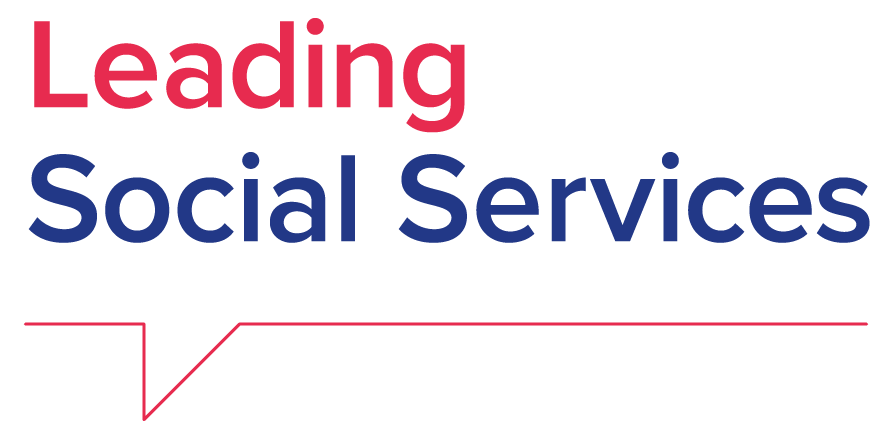Identifying gaps in the training of child protection professionals is an essential step in safeguarding children’s well-being and aligning expertise with international and EU standards. With this in mind, a webinar as part of the Side-by-Side project took place to put the issue front and centre.
Side by Side, an ESN-led project, aims at identifying good practices in preventing Violence Against Children (VAC) and assessing the training needs of child protection professionals to align with international standards. A main outcome of this project will be a report assessing the training needs and gaps of professionals working on child protection. The findings from a questionnaire with professionals from across Europe were presented during a recent webinar that took place on the 17th of June and brought together more than 50 participants from national and European institutions working in the prevention of Violence Against Children.
Identifying training gaps through cross-country analysis
The webinar was packed with valuable insights, demonstrating the scope of work taking place in this area. Juan Luque, Unaccompanied Children Project Manager and Coordinator from the SAMU Foundation, presented the organisation’s assessment of the training needs that professionals have in Spain and the challenges they face in relation to approaching a child who has experienced violence.
Alfonso Lara Montero, Chief Executive Officer of the European Social Network (ESN), highlighted the following areas for improvement in training:
- The ability to identify children who are being subjected to grooming
- Trauma-informed approaches
- Peer-to-peer violence
- Online violence.
As Side by Side draws to an end, ESN wishes to continue addressing this issue through a follow-up development. “The proposal will have an innovative approach by including training models to equip professionals to deliver similar training, ensuring its sustainability”, Mr Montero mentioned.
Harnessing shared learning to drive progress
A crucial aspect of the webinar was sharing the questionnaire findings and exploring how the results can inform future training.
Amy Mulvihill, Manager at Tusla child and family agency in Ireland, emphasised that for respondents addressing online violence was an area of serious concern, and the professionals lack the resources or information to support children experiencing online violence.
Gudrun Painsi and Ines Pamperl from Graz city council explained that child protection professionals reported a good understanding of socio-economic factors leading to VAC and the problem of institutional violence. However, there is a need for grooming training as practitioners are not confident in their abilities, especially when grooming takes place online. On the other hand, SOS Children’s Villages Italy highlighted the need for a child-friendly system that allows children to participate and become active agents in their environment. Regarding needs, it was pointed out that professionals working on child protection do not receive regular training and have to rely on external partnerships. Hence, they recommended that systematic, ongoing training plans and the formation of training partnership associations should take place.
As a response to training gaps, Marie Cecile Rouillon, Coordinator for the Rights of the Child of the European Commission, presented their proposal for a Recommendation on Integrated Child Protection Systems. The Recommendation intends to put the children at the centre, fostering a society-wide responsibility to protect them. The Recommendation should provide guidance for national governments to improve coordination at local level and provide multidisciplinary support with reporting mechanisms and support services to families. Closer integration and collaboration can assist professionals working in child protection services to overcome the existing gaps.
Concluding the webinar, Coenraad de Beer, Head of Child & Youth Care Practitioner Support at SOS Children’s Villages International, stressed the need for integrated child protection systems that consider the conditions of the professionals working with children and, of course, put the child in the centre.


